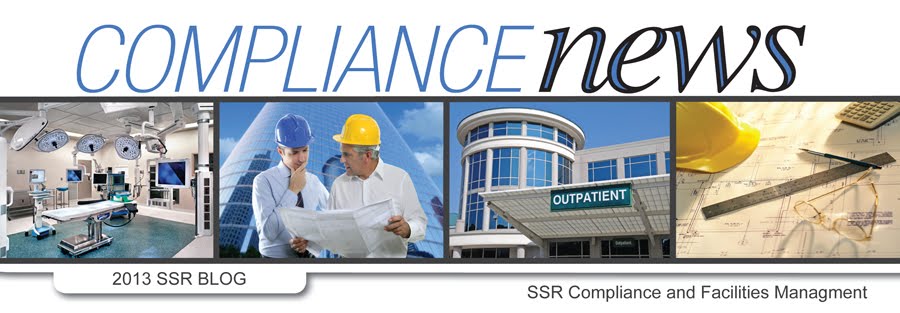By David L. Stymiest, P.E., CHFM, FASHE (in Touch Briefings)
Healthcare facilities can be put at risk when a power failure occurs unexpectedly, particularly if the facility management has not made contingency plans for that particular failure. This article discusses a comprehensive approach to identifying emergency power system vulnerabilities in healthcare facilities. Vulnerabilities are most easily found when one considers the elements discussed below, which also affect emergency power reliability.
It is important to consider designs that can maximise reliability to make sure that the potential for common-mode failures is minimised or eliminated. Commissioning and comprehensive initial acceptance testing of new systems must be utilised to verify that the entire system works as intended, and that all necessary emergency power loads are actually connected to the emergency power system. Commissioning and acceptance testing of modifications to existing systems can also verify that deleterious changes have not inadvertently reduced system reliability. The documentation of maximum demand loading from comprehensive load profile analysis will ensure that the system will not accidentally become overloaded at any point. Proactive fuel management processes, including fuel oil testing and treatment, ensure that the fuel oil does not have impurities that will adversely affect engine operation. It is important to maintain accurate documentation that is user-friendly and useful in responding to both internal and external power failures. There must be a proven ability to manage system shut- owns successfully and proactively, verifying that system knowledge and contingency planning are accurate and effective.
Read entire article here: Finding Emergency Power System Vulnerabilities
